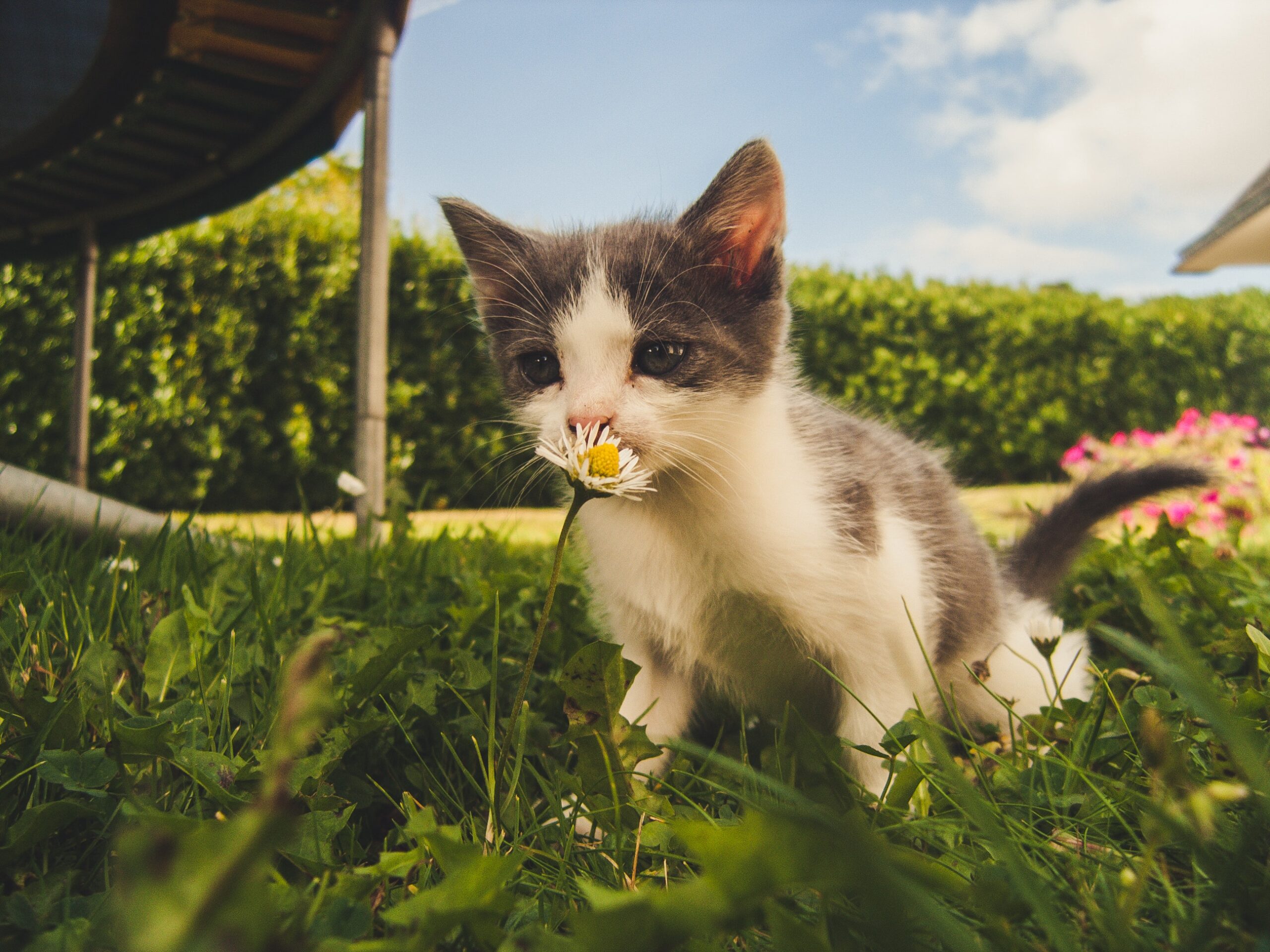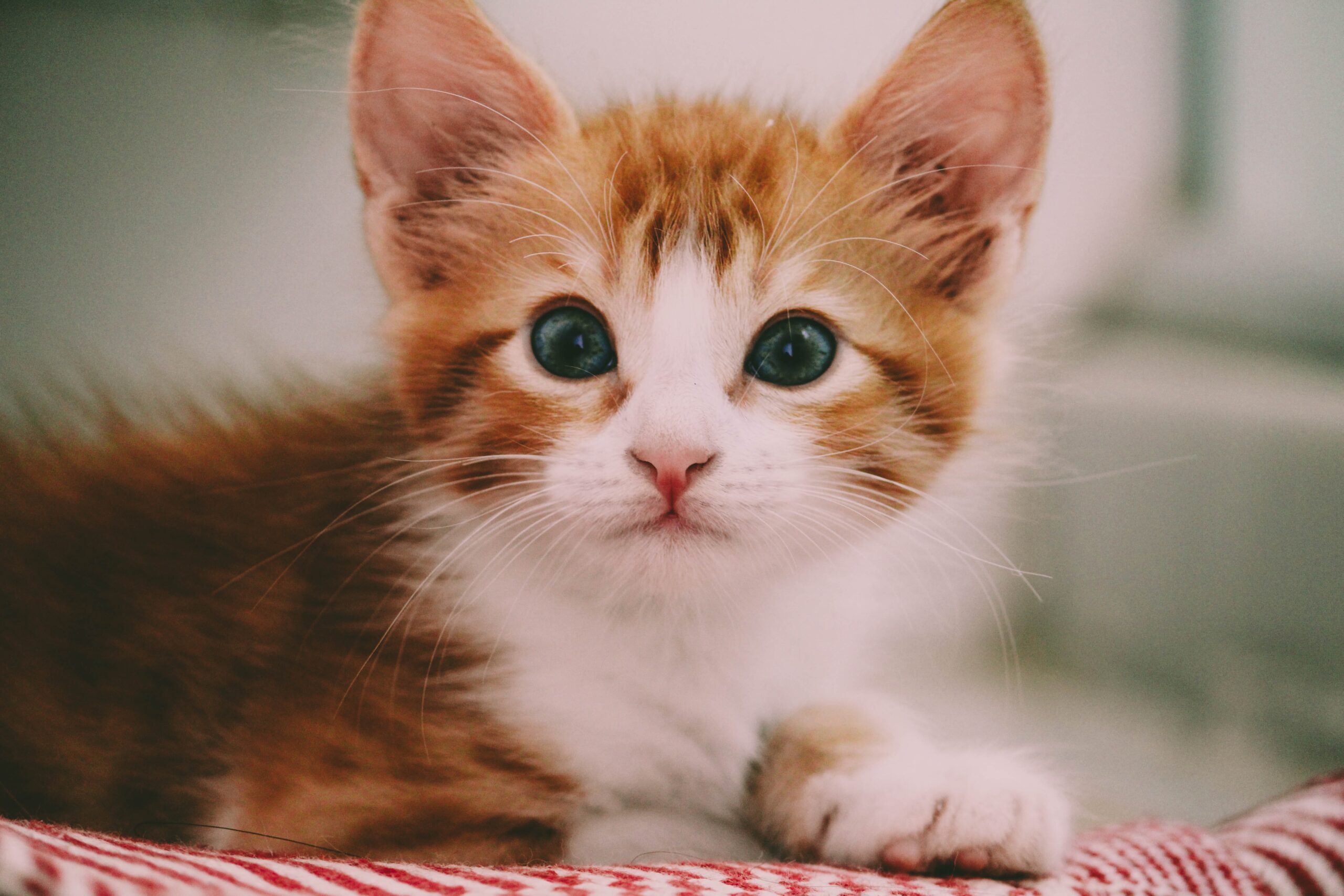The Importance of Cat Health and Well-being
Cats are beloved members of our families, and their health and well-being are of utmost importance. As responsible cat owners, ensuring the good health of our feline companions is a top priority. A healthy cat leads a happy and fulfilling life, bringing joy and companionship to our homes.
Common Health Concerns Faced by Cats
Like all living beings, cats can encounter various health issues throughout their lives. From dental problems and obesity to parasites and infectious diseases, there are several health concerns that cat owners should be aware of. Recognizing these potential issues early on can help us take preventive measures and address any health challenges promptly.
Purpose of the Article: Providing Preventive Measures for a Healthy and Happy Life for Cats
The purpose of this article is to equip cat owners with essential knowledge and preventive measures to promote the well-being of their furry friends. By understanding common health concerns and implementing preventive strategies, we can create a safe and nurturing environment that fosters optimal health for our cats. This article will offer practical tips and advice to support a healthy lifestyle, ensuring that our feline companions enjoy a long and fulfilling life with us.
Regular Veterinary Check-ups and Vaccinations
Importance of Regular Check-ups for Early Detection of Health Issues
Regular veterinary check-ups are a cornerstone of preventive cat care. Just like humans, cats require routine health assessments to monitor their overall well-being and catch any potential health issues early. During these check-ups, a veterinarian will conduct a thorough physical examination, assess the cat’s weight, dental health, and general condition. Routine check-ups can help identify any underlying health concerns that may not be evident to the untrained eye. Early detection allows for timely intervention and treatment, increasing the likelihood of successful outcomes and improved quality of life for our feline companions.
Recommended Vaccination Schedule for Common Feline Diseases
Vaccinations are essential in safeguarding cats from potentially life-threatening diseases. As responsible cat owners, it is crucial to follow the recommended vaccination schedule provided by your veterinarian. Common vaccinations protect against diseases such as feline panleukopenia, feline herpesvirus, feline calicivirus, and rabies. Kittens typically receive a series of vaccinations during their early months, and adult cats require booster shots to maintain immunity.
Consulting with your veterinarian will help you determine the appropriate vaccination plan based on your cat’s lifestyle, age, and overall health status. Staying up-to-date with vaccinations is a critical step in preventing the spread of infectious diseases and ensuring the well-being of not just your cat but also other animals in the community.
By prioritizing regular veterinary check-ups and adhering to the recommended vaccination schedule, cat owners can proactively protect their feline companions from potential health risks and lay the foundation for a healthy and happy life for their cherished pets.
Balanced Diet and Weight Management
Understanding the Nutritional Needs of Cats
Providing a balanced and nutritious diet is fundamental to maintaining optimal health for our feline friends. Cats are obligate carnivores, which means their diet should primarily consist of meat-based protein. Essential nutrients like taurine, vitamin A, and arachidonic acid are crucial for their overall well-being. Understanding their unique nutritional needs helps us make informed choices in selecting the most appropriate diet for our cats.
Tips for Choosing a High-Quality Cat Food
Selecting the right cat food is paramount to promoting good health. Look for commercial cat foods that are specifically formulated to meet the nutritional requirements of cats at different life stages. Read the labels to ensure the product contains high-quality protein sources, is free from artificial additives, and has undergone rigorous testing for safety and quality.
Additionally, consider your cat’s age, activity level, and any specific health conditions when choosing the type of cat food. For example, kittens require food rich in energy and nutrients to support their growth, while senior cats may benefit from diets that support joint health and digestion.
Preventing Obesity and Maintaining a Healthy Weight
Obesity is a common health concern for cats and can lead to various health issues, including diabetes, joint problems, and heart disease. To prevent obesity, control portion sizes and avoid overfeeding. Follow the feeding guidelines provided by the cat food manufacturer and consult with your veterinarian for personalized feeding recommendations.
Regular exercise is vital for weight management and overall well-being. Engage your cat in playtime activities that encourage movement and mental stimulation. Interactive toys, laser pointers, and climbing structures are excellent options to keep your cat active and entertained.
In addition to providing a balanced diet and promoting exercise, monitor your cat’s weight regularly. If you notice any changes in their weight or eating habits, consult with your veterinarian to address any potential health concerns promptly.
By understanding their nutritional needs, selecting high-quality cat food, and maintaining a healthy weight through portion control and regular exercise, we can ensure that our cats lead a life of vitality and wellness. A balanced diet and proper weight management are essential components of preventive care that contribute to a healthier, happier, and more fulfilling life for our feline companions.
Hydration and Proper Water Intake
Importance of Hydration for Cat Health
Proper hydration is essential for maintaining good health in cats. Water plays a vital role in various bodily functions, including digestion, circulation, and temperature regulation. Adequate hydration helps support kidney function and flushes toxins from the body, contributing to overall well-being.
Cats are naturally inclined to have a low thirst drive, a behavior inherited from their desert-dwelling ancestors. As a result, they might not drink enough water from their bowl, which can lead to dehydration and potential health issues.
Encouraging Water Intake through Various Methods
To encourage adequate water intake, cat owners can employ various strategies that appeal to their feline companions’ preferences:
- Fresh Water and Clean Bowls: Ensure that your cat has access to fresh, clean water at all times. Cats are sensitive to the smell of their water, so regularly clean and refill their water bowls to keep it enticing.
- Water Fountains: Cats are often attracted to moving water, so providing a cat water fountain can pique their interest and encourage them to drink more.
- Wet Food: Incorporate wet cat food into their diet, as it naturally contains more water than dry kibble. This can help increase their overall water intake.
- Ice Cubes and Flavored Water: Some cats enjoy playing with ice cubes, and adding ice cubes to their water bowl may encourage them to drink. Additionally, adding a small amount of tuna water or chicken broth to their water can make it more appealing.
- Multiple Water Stations: Place water bowls in various locations throughout the house to make it convenient for your cat to access water wherever they are.
- Gradual Transition: If you notice your cat isn’t drinking enough water, consider gradually transitioning them to a wet food diet or introducing the water fountain to help them adjust.
Monitoring your cat’s water intake and ensuring they are adequately hydrated is crucial for their health and well-being. If you suspect your cat may be dehydrated, such as through signs of lethargy or reduced urination, consult with your veterinarian for guidance on how to encourage proper hydration. By taking proactive measures to encourage water intake, cat owners can help safeguard their feline companions’ health and ensure they enjoy a long and vibrant life.
Providing a Safe and Enriching Environment
Creating a Cat-Friendly Home
Ensuring a cat-friendly environment is essential for promoting their health and well-being. Cats are curious creatures and appreciate a space that caters to their natural instincts. Consider the following tips to create a safe and enriching home for your feline friend:
- Hideaways and Elevated Spaces: Cats enjoy having elevated spots to observe their surroundings. Provide cat trees, shelves, or window perches that allow them to climb and rest comfortably.
- Scratching Posts: To satisfy their natural urge to scratch and keep their claws healthy, provide sturdy scratching posts or boards throughout the house.
- Safe Play Zones: Designate play areas where your cat can engage in interactive play with toys. Avoid cluttered spaces to prevent accidents during playtime.
- Safe Plants: Some plants can be toxic to cats, so ensure that any indoor plants are non-toxic and safe for feline companions.
- Safe Hiding Places: Cats appreciate having quiet, secure spots to retreat to when they need a break or want some alone time. Provide cozy hiding places such as covered beds or boxes.
Providing Mental and Physical Stimulation Through Play and Interactive Toys
Cats are highly intelligent and need mental and physical stimulation to prevent boredom and behavior issues. Engaging them in play and providing interactive toys can help keep their minds sharp and bodies active. Consider the following ways to stimulate your cat’s mental and physical faculties:
- Interactive Toys: Use toys that mimic prey-like movements, such as wand toys or puzzle toys that dispense treats. These toys can keep cats engaged and encourage them to use their natural hunting instincts.
- Rotating Toys: Keep playtime exciting by rotating toys regularly to prevent your cat from getting bored with the same toys.
- Play Sessions: Spend quality time with your cat engaging in play sessions using toys like laser pointers or feather wands. These interactive play sessions can strengthen your bond and provide valuable exercise for your feline friend.
- Puzzle Feeders: Use puzzle feeders to make mealtime more challenging and mentally stimulating for your cat.
By creating a cat-friendly home and providing mental and physical stimulation through play and interactive toys, you can offer a stimulating and enriching environment for your cat. A safe and enriching environment promotes a healthier and happier life for your feline companion, enhancing their overall well-being and fostering a stronger bond between you and your beloved cat.
Stress Management and Emotional Well-being
Identifying Sources of Stress for Cats
Just like humans, cats can experience stress, and it’s essential for cat owners to identify potential sources of stress to ensure their emotional well-being. Some common sources of stress for cats include:
- Environmental Changes: Cats are creatures of habit and may become stressed when their familiar environment undergoes significant changes, such as moving to a new home or rearranging furniture.
- Loud Noises: Sudden loud noises, such as fireworks or thunderstorms, can cause stress and anxiety in cats.
- Other Pets: Interactions with other pets, especially if they are aggressive or territorial, can be stressful for some cats.
- Veterinary Visits: Cats often find visits to the veterinarian stressful due to unfamiliar smells and handling.
- Lack of Vertical Space: Cats are natural climbers, and a lack of vertical space, such as cat trees or shelves, can be stressful for them.
- Overcrowding: Having too many animals or people in the household can lead to stress for some cats.
Creating a Stress-Free and Comforting Environment
As cat owners, we can take steps to create a stress-free and comforting environment for our feline friends. Here are some strategies to reduce stress and promote emotional well-being in cats:
- Provide Hiding Spots: Cats feel safer when they have designated hiding spots, such as cozy cat caves or secluded areas, where they can retreat when feeling stressed.
- Scent Familiarity: Use familiar scents to help cats feel more at ease, such as keeping their bedding or toys with them during times of change.
- Vertical Space: Offer vertical space in the form of cat trees, shelves, or perches, allowing cats to observe their surroundings from a safe and elevated position.
- Calming Pheromones: Consider using pheromone sprays or diffusers, like Feliway, which can help reduce stress and create a sense of security for cats.
- Routine and Predictability: Establishing a consistent daily routine can help cats feel more secure and reduce anxiety.
- Play and Interaction: Regular play and interactive sessions with your cat can help reduce stress and strengthen the bond between you.
- Safe Outdoor Access: If your cat enjoys spending time outdoors, create a safe and enclosed outdoor space to prevent exposure to potential stressors, such as aggressive animals or loud noises.
- Quiet Spaces: Provide quiet areas in the house where your cat can retreat to when feeling overwhelmed.
By recognizing and addressing potential sources of stress and creating a supportive environment, cat owners can help their feline companions lead healthier and happier lives. Reducing stress is crucial for promoting emotional well-being and ensuring that our beloved cats thrive in a safe and comforting home environment.










